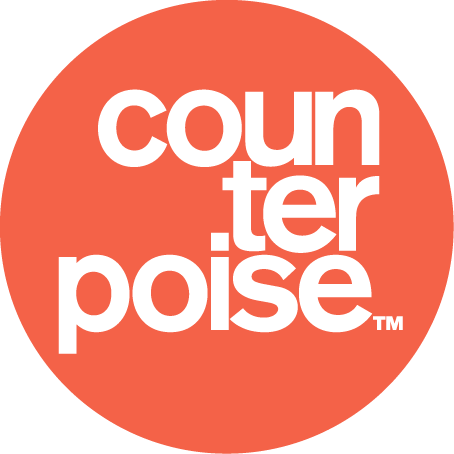Everything You Need to Know About EMDR Therapy

What is EMDR Therapy?
EMDR therapy, also known as Eye Movement Desensitization and Reprocessing therapy, focuses on the movement of the eyes.
People who choose EMDR therapy are asked to focus on their trauma, experiences, etc., using specific side eye movements combined with talking.
EMDR focuses on the brain’s ability to constantly learn, take past experiences, and update them with present information – helping people to move forward with whatever they are dealing with.
Being a qualified EMDR therapist, I would take you through 8 structured phases during our session.
Phase 1: History-taking
Phase 2: Preparing the client
Phase 3: Assessing the target memory
Phases 4-7: Processing the memory to an adaptive resolution
Phase 8: Evaluating treatment results
Everything is taken at your own pace, and you’re more than welcome to take a break whenever you need it.
How Does EMDR Therapy Help?
EMDR focuses directly on the person’s concerns by focusing directly on their trauma or experience.
Through the movement of the eyes, EMDR therapy focuses directly on the memory to try and change how the brain perceives it, helping to eliminate its symptoms such as anxiety, insomnia, flashbacks etc.
EMDR therapy is a recognised mental health treatment by the NHS and World Health Organisation for tramua.

What Does EMDR Help with?
The EMDR approach believes past emotionally-charged experiences overly influence present emotions, sensations, and thoughts about yourself.
EMDR therapy is typically the best form of therapy that involves traumatic experiences and PTSD as it gets to the root of the difficult memory.
However, it can help people work through other mental health struggles, such as;
- Anxiety
- Depression
- Psychosis
- Personality disorders
How To Access EMDR Therapy
You won’t be able to access EMDR therapy from just any counsellor or therapist. EMDR therapists go through specific training to gather the skills and experience needed.
Having done extensive training, I have a wealth of knowledge to guide you through the whole process.
For more information, contact me here. I’m happy to answer any of your questions.
Kat, EMDR Therapist, Counsellor & Hypnotherapist


